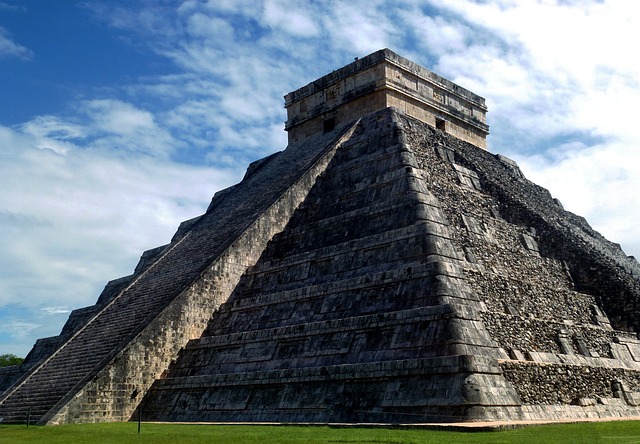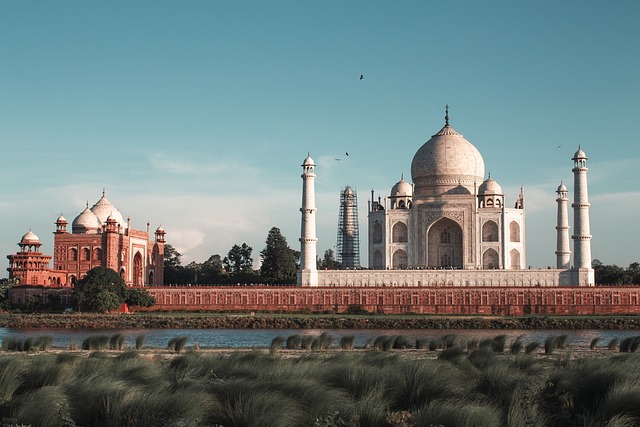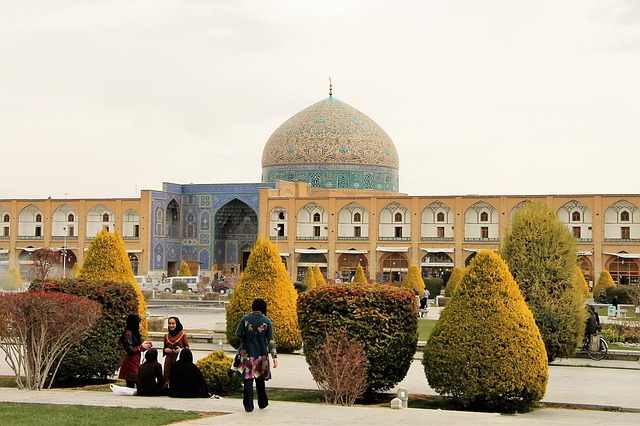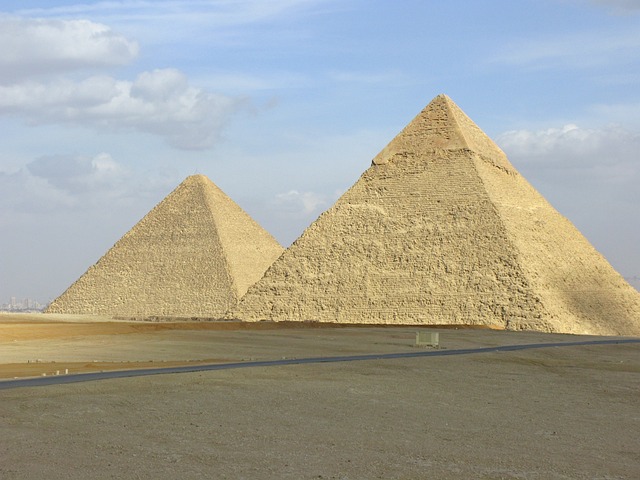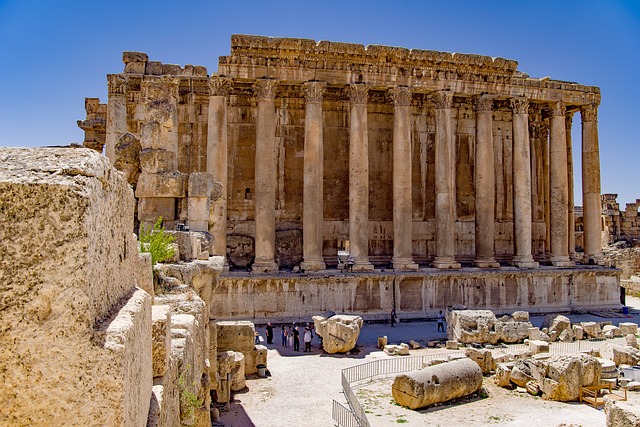Chichen Itza is not just a name; it’s a manifestation of centuries of history, architectural genius, and cultural amalgamation. Nestled in the heart of the Yucatán Peninsula, this UNESCO World Heritage site draws millions of tourists each year, each with an insatiable curiosity to explore one of the most significant archaeological sites of the ancient Maya civilization. This blog post aims to provide you with a comprehensive guide to Chichen Itza, ensuring your visit is both enriching and memorable.
A Brief Historical Overview
The history of Chichen Itza is a tapestry woven from centuries of cultural evolution. Founded around 600 A.D., its name translates to “at the mouth of the well of the Itza,” referring to the numerous cenotes (natural sinkholes) in the area that provided vital water sources for both the city and its inhabitants. At its zenith between 800 and 1200 A.D., Chichen Itza flourished as a major economic, political, and religious hub, attracting merchants and travelers from all over Mesoamerica.

The city’s strategic location allowed for the exchange of goods and ideas, leading to the fusion of various architectural styles and cultural traditions. The decline of Chichen Itza around the 15th century remains a subject of academic debate; however, by the time the Spanish colonizers arrived in the early 16th century, its prominence had waned, leaving behind a rich tapestry for modern visitors to unravel.
What to Expect When You Visit
Chichen Itza boasts an impressive array of structures and artifacts, each telling its own story of a remarkable civilization. Here’s a guide to some of the must-see features within the site:
1. El Castillo (Temple of Kukulcán)
Perhaps the most recognizable feature of Chichen Itza, El Castillo, also known as the Temple of Kukulcán, is a stunning pyramid that rises 24 meters high. Dedicated to the feathered serpent god Kukulcán, this architectural marvel bears a striking resemblance to the pyramids found in Egypt, yet embodies a unique Maya design.
Visitors should visit during the equinox in March and September, where they can witness a fascinating optical illusion. As the sun sets, the corners of the pyramid appear to cast shadows that create a serpent slithering down the stairs—an awe-inspiring event that underscores the Maya’s astronomical expertise.
2. The Great Ball Court
One of the largest and best-preserved ball courts in Mesoamerica can be found here. Spanning over 1500 square feet, this significant structure features stunning acoustics and high walls that likely once resounded with the sounds of play. The game played here went beyond mere entertainment; it carried great ceremonial weight, symbolizing themes of life, death, and the cycle of seasons.
3. The Temple of the Warriors
This impressive structure is surrounded by over 200 columns that depict warriors in their full regalia. The temple features a profound blend of architecture and artistry, symbolizing the might of the Maya civilization. The intricate carvings and sculptures represent deities and mythological themes. You might find it fascinating to delve into the rich symbolism inherent in their artwork.
4. The Observatory (El Caracol)
A less visited but equally captivating site is El Caracol, known as the Observatory. This circular stone structure serves as a testament to the Maya’s profound understanding of astronomy and timekeeping. With windows aligned to significant celestial events, visitors can appreciate the sophistication the Maya had in observing the cosmos.
5. The Sacred Cenote
While the archaeological wonders are impressive, the natural beauty of the surrounding cenotes must not be overlooked. The Sacred Cenote was used for sacrifices and rituals, with offerings made to the gods. The mystical atmosphere and lush surrounding vegetation create a reflective environment for visitors to connect with the ancient beliefs of the Maya.
Practical Tips for Your Visit
Getting There
Chichen Itza is easily accessible from major cities such as Valladolid, Tulum, and Cancun. Depending on where you are, there are several options available:
- Car Rental: This is the most flexible way to visit. The drive will take around two hours from Cancun.
- Tours: Numerous tour companies offer day trips to Chichen Itza, which often include additional stops at cenotes or nearby archaeological sites.
- Public Transportation: Buses run regularly from Cancun and Merida to Chichen Itza, though be prepared for a longer journey.
Best Time to Visit
Chichen Itza is open year-round, but the best time to visit is during the dry season, from November to April. This period offers milder temperatures and minimal rainfall, which not only makes the experience pleasant but also allows for better photography opportunities.
To avoid crowds, try visiting early in the morning right at opening time or later in the afternoon.
What to Bring
- Comfortable Shoes: Expect to walk extensively across uneven terrain; comfortable footwear is a must.
- Water: Stay hydrated—bottled water is available, but it’s advisable to carry your own.
- Sunscreen and Hats: Protect yourself from the sun, as shade is limited.
Guided Tours versus Exploring on Your Own
While a self-guided tour allows you the freedom to explore at your own pace, a guided tour can offer deeper insights into the history and significance of each structure. Many guides are well-versed in the stories and myths that define the site and can enrich your experience with their knowledge.

Cultural Etiquette
Chichen Itza is not just a tourist site; it is a place of deep cultural significance for the Maya people. As such, it’s essential to approach your visit with respect:
- Follow Rules: Stay on designated paths and do not climb on the structures, as preservation is paramount.
- Photography Etiquette: Always ask for permission before taking photos of individuals, particularly local vendors or guides.
- Cultural Sensitivity: Understand and appreciate the significance of rituals and beliefs that may still hold meaning for the descendants of the Maya.
Chichen Itza is more than just a destination; it’s a journey through time. Its ruins whisper tales of an ancient civilization that shaped the cultural and social fabric of the region. For tourists seeking not just a sight to behold but a deeper understanding of Mexico’s rich indigenous heritage, Chichen Itza should be at the top of your travel list.
Whether you are an archaeology aficionado, a history buff, or an adventurous traveler, the allure of Chichen Itza promises an experience that transcends the ordinary, offering a glimpse into a world that once was and its continuing legacy today. So pack your bags, grab your camera, and prepare to be enthralled by this magnificent piece of our global heritage!

